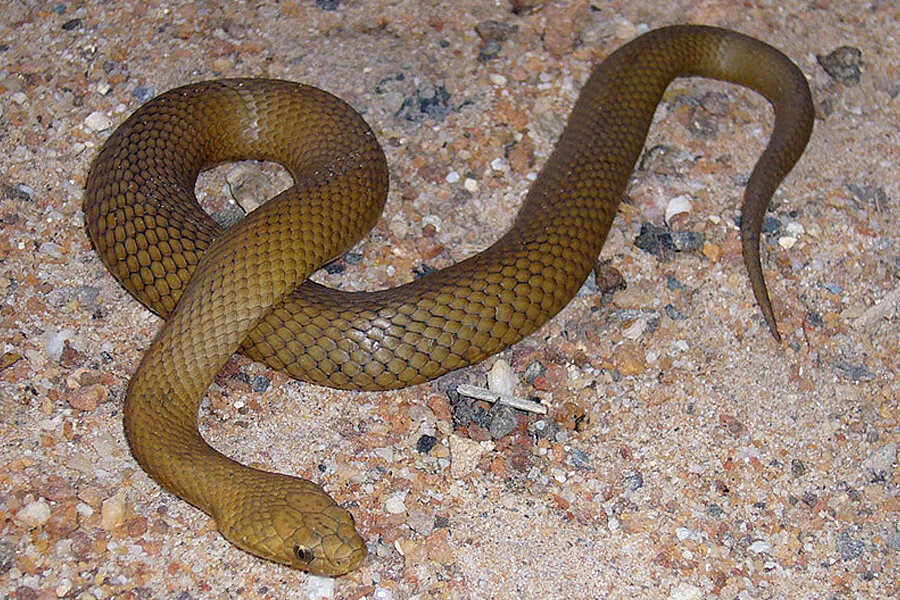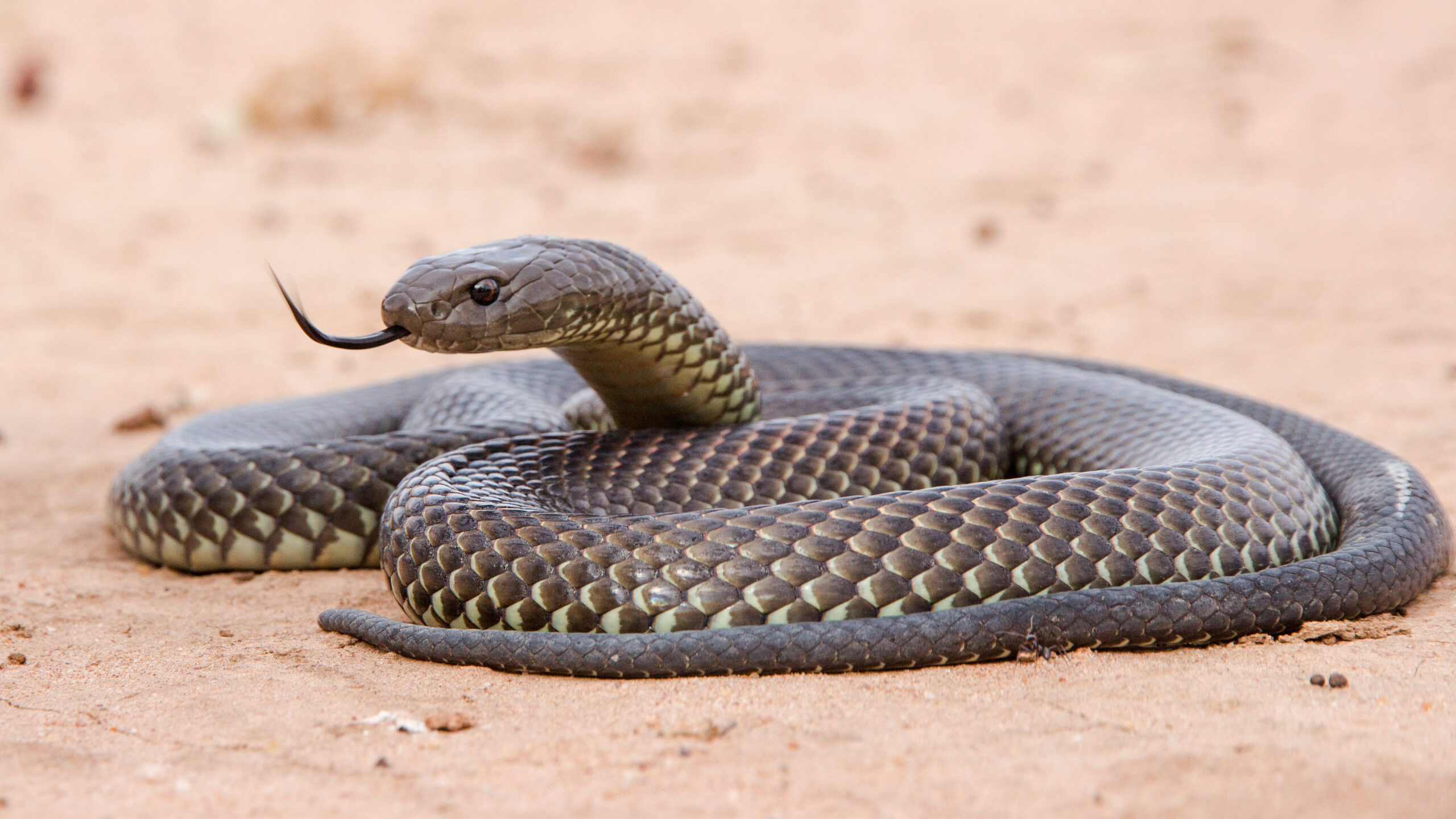Introduction
The tiger snake is one of Australia's most infamous reptiles, been afraid for its potent venom and hostile temperament. This remarkable animal plays a vital role in the ecosystem, yet it typically faces misconceptions that bring about unnecessary worry. In this detailed article, we will certainly look into the globe of the tiger snake, exploring its habitat, venom characteristics, and vital emergency treatment practices in situation of a snake bite.
Understanding the Tiger Serpent: Habitat, Poison, and First Aid Essentials
Tiger snakes first aid kit with snake bite are mainly discovered along the southerly coast of Australia, consisting of Tasmania. They thrive in numerous environments such as wetlands, coastal regions, and even metropolitan locations. Their versatility makes them effective predators; nevertheless, their distance to human habitats commonly causes encounters that can result in bites.
This article aims to debunk tiger snakes by discussing their environment choices, examining their venom structure and effects on humans, and supplying essential emergency treatment details for bites.
1. Tiger Serpent Habitat: Where Do They Live?
1.1 Introduction of Tiger Snake Distribution
Tiger snakes (Notechis scutatus) are largely discovered in southerly Australia and Tasmania. They live in different environments varying from coastal marshes to freshwater lakes.
- Coastal Areas: Tiger serpents are usually discovered near shorelines where they quest for fish and amphibians. Wetlands: These areas supply enough concealing areas and abundant prey. Urban Areas: As cities increase right into natural environments, tiger snakes may be seen venturing into rural gardens or parks.
1.2 Preferred Habitats of Tiger Snakes
Tiger snakes prefer damp environments where water sources are easily available. Their environments commonly consist of:
- Marshes: The dense plant life allows them to ambush victim effectively. Swamps: These areas offer shelter from predators while providing a rich hunting ground. Riversides: Water bodies attract lots of animals which work as food resources for these snakes.
1.3 Environmental Elements Influencing Environment Choice
Several factors affect where tiger snakes pick to live:
- Temperature: Being ectothermic (cold-blooded), they need cozy environments for optimal task levels. Prey Availability: High populations of frogs and tiny mammals bring in these snakes. Shelter: Dense plants offers not just as camouflage but additionally as security against possible threats.
2. Are Tiger Snakes Venomous? Understanding Their Venom
2.1 Composition of Tiger Serpent Venom
Yes! Tiger snakes are indeed venomous animals. Their poison is a complex mix including neurotoxins that can create paralysis and coagulopathies impacting blood clot mechanisms.

Key Elements of Poison:
- Neurotoxins: Influence nerve function causing paralysis. Hemotoxins: Damages blood vessels creating internal bleeding.
Understanding these components aids us value the potency of a tiger serpent bite.
2.2 Results of a Tiger Serpent Bite on Humans
A bite from a tiger snake can result in severe signs and symptoms:
- Local Symptoms: Discomfort, swelling, and staining at the bite site. Systemic Signs: Nausea or vomiting, vomiting, difficulty taking a breath due to paralysis or constraint of airways.
Severity Levels
Minor Bite: Local discomfort without systemic symptoms. Moderate Bite: Systemic signs and symptoms but convenient with clinical care. Severe Bite: Life-threatening; calls for immediate clinical intervention.3. Identifying Various Sorts Of Tiger Snakes
3.1 Eastern vs Tasmanian Tiger Snakes
There are two primary classifications based upon geographic distribution:
Eastern Tiger Snake (Notechis scutatus)
Found along eastern coastlines approximately Queensland.
Tasmanian Tiger Snake (Notechis scutatus)
Adapted particularly to Tasmania's special environment with somewhat differing pigmentation patterns.
3.2 Color Variations in Environment Preferences
Tiger serpents exhibit significant color variants relying on their environment:
- Coastal populations frequently present red stripes or blotches for far better camouflage versus sandy shores.
4. Behavior Patterns of Tiger Snakes
4.1 Hostility Level
Tiger serpents are recognized for their aggressive actions when intimidated or caught which can lead to defensive strikes if provoked.
4.2 Hunting Techniques
They have impressive agility enabling them to strike quickly at victim such as frogs or tiny rats mainly during twilight hours when they're most energetic-- making them nocturnal hunters!

5. Emergency Treatment for Snake Bites: Important Actions You Should Know
When it pertains to taking care of snake attacks, understanding is vital!
5.1 Immediate Actions After a Bite
If bitten by a tiger serpent:
Stay calmness! Panic boosts heart price which spreads out poison much faster via your bloodstream.
Apply stress around the wound utilizing clean cloths-- stay clear of cutting or drawing out venom!
Remove limited clothing/jewelry near the bite site; swelling might occur rapidly.
Immobilize the impacted arm or leg making use of splints if possible-- this limits movement aiding decrease poison spread!
5.2 Getting Medical Help
Seek emergency situation clinical aid right away! Time is important when dealing with possible envenomation from tiger serpents!
5.3 First Aid Kit Essentials for Serpent Bites
Having a fully equipped first aid kit can make all the distinction throughout emergencies:
|Item|Description|| ------|-------------|| Pressure Bandage|Aids immobilize wound|| Sterile Gauze|For dressing injuries|| Emergency Call Info|Quick gain access to numbers|| Antivenom Info|Knowledge Immobilisation regarding local antivenoms|
copperhead6 FAQs Regarding Tiger Snakes
Q1: Are all tiger snakes dangerous?
A: While all have venomous capacities impacting people significantly-- most like evasion unless threatened!
Q2: Just how promptly does tiger snake venom impact humans?
A: Symptoms may show up within minutes depending on area & & amount infused during envenomation events!

Q3: Can you make it through a tiger serpent bite without treatment?
A: Neglected attacks can be fatal due to quick development; prompt medical care is crucial!
Q4: What must I do if I experience one?
A: Preserve distance & & back away gradually; prevent sudden motions that may prompt aggression!
Q5: How typical are attacks from tiger snakes?
A: Although experiences take place regularly-- actual attacks remain reasonably unusual due mainly due preventive procedures taken by residents living within impacted ranges.
Q6: Exists a remedy available?
A: Yes! Antivenoms particular for Australian species exist-- medical facilities carry these medicines all set when needed urgently post-bite incidents!
7 Conclusion
Understanding the ins and outs surrounding "Recognizing the Tiger Serpent: Habitat, Poison, and Emergency Treatment Fundamentals" is critical not only for individual security but likewise fostering coexistence with these remarkable creatures occupying Australia's landscape! By discovering more concerning their behaviors & & effective reaction approaches pertaining to potential encounters-- we furnish ourselves better against unneeded anxieties while appreciating nature's variety completely! So let's accept education and learning rather fear-- it leads in the direction of consistency between mankind wildlife alike!